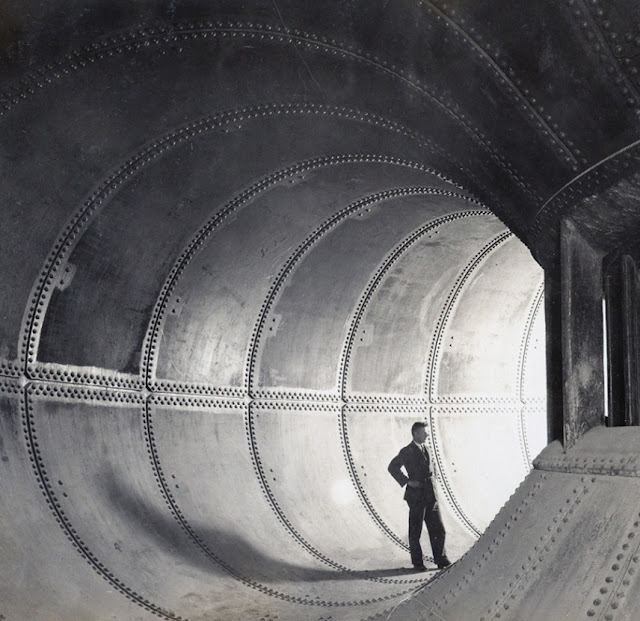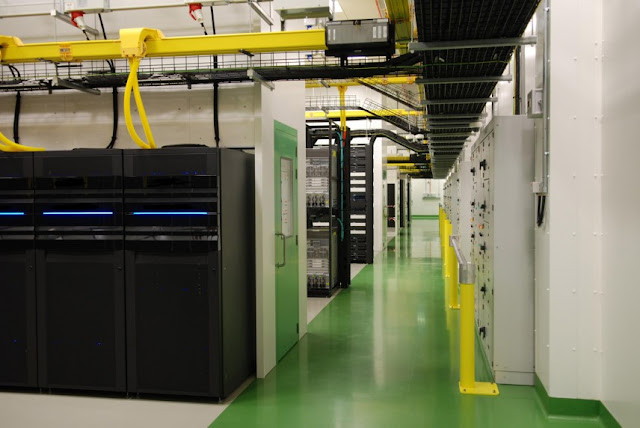
The 14th International Architecture Exhibition, the Venice Biennale, opened last weekend. Running until 23 November, it is curated by Dutch architect Rem Koolhaas and takes the title Fundamentals. The theme Koolhaas has given to the national pavilions is Absorbing Modernity: 1914–2014, questioning the Modernist movement and considering, among other things, to what extent Modernism in various countries around the world created either homogeneity or diversity. Irish curators Gary Boyd and John McLaughlin have responded to this theme with their exhibition Infra-Éireann, exploring how the Modernist aesthetic and ideals were employed in the design and development of Ireland's infrastructure from 1916 onwards, running parallel to the development of Ireland as an independent nation.


The exhibition takes as its starting point the destruction of Dublin's General Post Office during the Easter 1916 Rising, suggesting a physical and political tabula rasa for the development of Ireland's infrastructure, and indeed independent Ireland itself. This is the first of ten 'episodes' the exhibition presents, moving on to key architectural and infrastructural developments, one per decade, each responding to and echoing the changes occurring in Irish society. Pictured above (image 2) is part of the Ardnacrusha Power Station, completed in 1929 and signalling the first step to nationwide electrification. Other highlights are architectural, engineering and artistic feat that was Busáras, Dublin's central bus station, completed in 1953 (above, image 3) and the RTÉ Television Centre completed in 1962 (below, image 4). The exhibition covers the chief areas of civic development, including health, transport, communications and education (exhibiting Birr Community School, picture 5, one of Ireland's first secular schools). The tenth episode, covering this decade, explores Dublin's Data Belt: the many data storage facilities clustered around Dublin's periphery, a sign of Ireland's key role in contemporary communications and technology.


Infra-Éireann, displayed within a specially-designed open frame structure, tells the story of Ireland's development as an independent nation in a very particular - and very relevant - way. Modernism, its aesthetics and its ideals were adopted by a fledgling nation as a way of announcing its arrival in the world, of casting aside its colonial past and of elevating it to the level of its European neighbours. Architecture in Ireland in the first half of the 20th century had a youthful energy and confidence, very much evident in the examples included by the curators. Very much influenced by its international peers (and often designed by international architects or Irish architects who had studied or worked abroad), it may not have had a hugely distinctive aesthetic, but did have very distinctive aims: to create a new Ireland and express that new state's capability and potential.

The 14th Venice Architecture Biennale runs until 23 November, and the Irish Pavilion can be found in the Artigliere section of the Arsenale. If, like me, you are unlikely to make it to Venice while the Biennale runs, you can see Infra-Éireann in Ireland at the Irish Museum of Modern Art, Dublin and the Glucksman Gallery, Cork in 2015 (exact dates TBC).



The exhibition takes as its starting point the destruction of Dublin's General Post Office during the Easter 1916 Rising, suggesting a physical and political tabula rasa for the development of Ireland's infrastructure, and indeed independent Ireland itself. This is the first of ten 'episodes' the exhibition presents, moving on to key architectural and infrastructural developments, one per decade, each responding to and echoing the changes occurring in Irish society. Pictured above (image 2) is part of the Ardnacrusha Power Station, completed in 1929 and signalling the first step to nationwide electrification. Other highlights are architectural, engineering and artistic feat that was Busáras, Dublin's central bus station, completed in 1953 (above, image 3) and the RTÉ Television Centre completed in 1962 (below, image 4). The exhibition covers the chief areas of civic development, including health, transport, communications and education (exhibiting Birr Community School, picture 5, one of Ireland's first secular schools). The tenth episode, covering this decade, explores Dublin's Data Belt: the many data storage facilities clustered around Dublin's periphery, a sign of Ireland's key role in contemporary communications and technology.


Infra-Éireann, displayed within a specially-designed open frame structure, tells the story of Ireland's development as an independent nation in a very particular - and very relevant - way. Modernism, its aesthetics and its ideals were adopted by a fledgling nation as a way of announcing its arrival in the world, of casting aside its colonial past and of elevating it to the level of its European neighbours. Architecture in Ireland in the first half of the 20th century had a youthful energy and confidence, very much evident in the examples included by the curators. Very much influenced by its international peers (and often designed by international architects or Irish architects who had studied or worked abroad), it may not have had a hugely distinctive aesthetic, but did have very distinctive aims: to create a new Ireland and express that new state's capability and potential.

The 14th Venice Architecture Biennale runs until 23 November, and the Irish Pavilion can be found in the Artigliere section of the Arsenale. If, like me, you are unlikely to make it to Venice while the Biennale runs, you can see Infra-Éireann in Ireland at the Irish Museum of Modern Art, Dublin and the Glucksman Gallery, Cork in 2015 (exact dates TBC).

Images via Infra-Éireann
